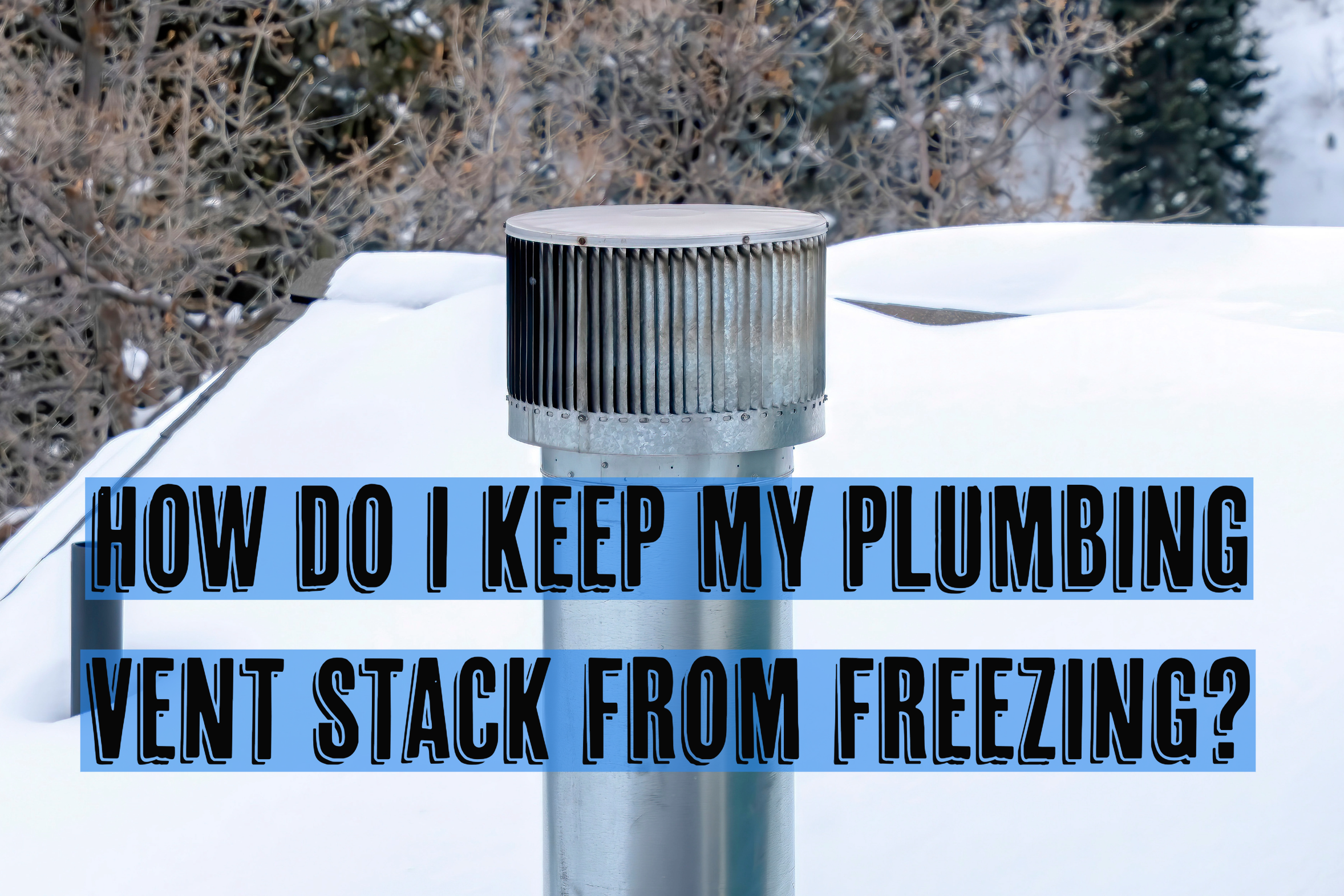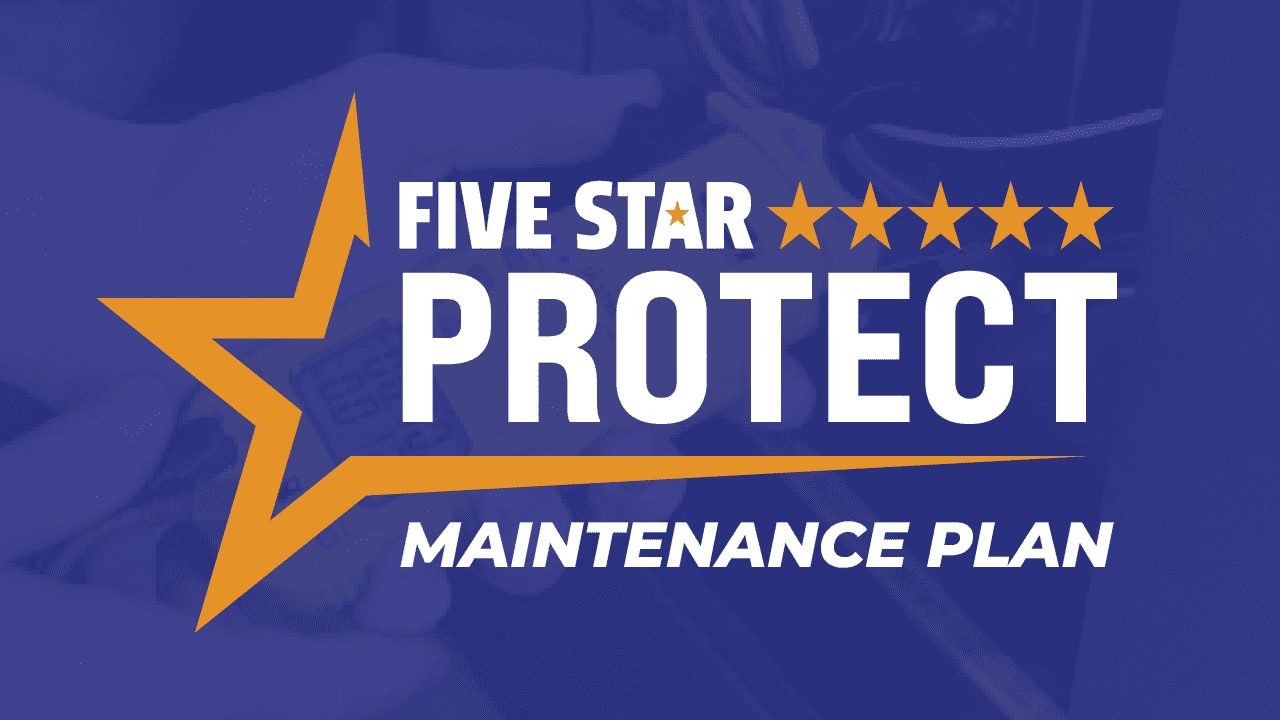Your home is equipped with multiple exhaust systems, such as those for the furnace, fireplace chimney, dryer vent, and kitchen fan. However, one often overlooked exhaust system is the plumbing vents and vent stack in your home. But no worries; this is where Narrow Path Plumbing can assist you! We are here to provide you with comprehensive information about your plumbing vent stack and the effective measures you can take to prevent it from freezing.
What Is a Plumbing Vent Stack?
The vent stack (which typically is situated on your roof) serves the purpose of allowing sewer gases to efficiently escape through the roof and away from your living spaces. Typically, each home is equipped with a single vent stack that connects to all of the drain lines in the house. However, in select cases, multiple vent stacks may be present on the roof of a home.
Vent stacks are typically constructed with materials such as cast iron, steel, galvanized steel, PVC, and CPVC. It is important to note that each drain in your home, including sinks, toilets, tubs, and more, is equipped with a trap that acts as a “plug” to prevent sewer gases from escaping through the drain. Usually, this trap takes the form of a curved pipe.
Plumbing vents play a critical role in maintaining balanced air pressure within the drain system. They ensure that water cannot be siphoned out of the traps, are responsible for regulating air pressure, preventing the release of unpleasant odors and gases into the home, and help avoid backflow issues. In summary, plumbing vents, along with the plumbing vent stack, are often overlooked but invaluable components of any plumbing system.
Why Shouldn’t a Plumbing Vent Stack Freeze?
The plumbing vent system typically requires minimal maintenance; however, during extremely cold weather, it can pose a problem. In regions like Ohio, where temperatures drop significantly, there is a risk of the vent stack freezing shut and becoming obstructed. This can result in the accumulation of undesirable sewer gases, such as hydrogen sulfide, ammonia, and carbon monoxide, within your home. These gases not only create unpleasant odors but also pose potential health hazards. Additionally, a frozen vent stack can lead to various other plumbing issues. So, it is crucial to be aware of these potential problems and take necessary precautions to prevent them.
What Are the Signs of a Frozen Vent Stack?
- If you observe ice buildup on the vent stack while standing outside and looking up from the ground, this is a good indication that the stack is frozen. But we want to emphasize that it is important to prioritize safety and avoid accessing the roof to check it out. Typically, you should be able to visually locate your vent stack from outside and, in certain situations, even from a window looking out.
- In certain instances, when your toilet exhibits slow flushing or emits gurgling sounds, it may indicate an obstruction in the vent stack.
How Can You Prevent Your Plumbing Vent Stack from Freezing?
- Pipe insulation is a highly recommended choice. If you have access from your attic leading to the vent stack on your roof, wrapping the accessible portion with pipe insulation will effectively maintain warmth and help prevent ice accumulation.
- An effective tip is to periodically pour warm water down infrequently used drains. This practice helps maintain a proper water seal in the trap, ensuring its optimal functionality. This is also a technique that is particularly beneficial for floor drains.
- Furthermore, running hot water from one of your faucets, particularly on frigid days, can generate a warm vapor that facilitates the melting of ice.
- Ensuring the cap of the vent stack remains free from leaves and debris is crucial. However, again please prioritize safety and avoid accessing your roof unless you have professional expertise.
- If your vent stack is already frozen, a useful method to expedite the thawing process is to open the attic door, allowing warm air in your home to creep into the attic and warm up the vent stack. But it is important to note that this may result in an increased heating bill.
- If this issue has occurred on multiple occasions, heat tape is a fantastic solution to keep the vent stack warm. Additionally, considering the addition of an insulated cap can further enhance insulation.
Bear in mind that conducting routine maintenance and implementing preventive measures during colder weather can effectively avert freezing and uphold the seamless functionality of your plumbing system. Rest assured, by following these guidelines, you can confidently ensure the protection and optimal performance of your plumbing infrastructure.
If you come across any problems with your plumbing vent stacks or encounter other plumbing-related issues, please don’t hesitate to reach out to Narrow Path Plumbing. Our team of knowledgeable experts is fully equipped and prepared to address your concerns with the utmost professionalism and unwavering confidence. We’re here to help! Call us today at (937) 623-2619, or schedule an appointment online now by clicking here! Stay safe this winter!





